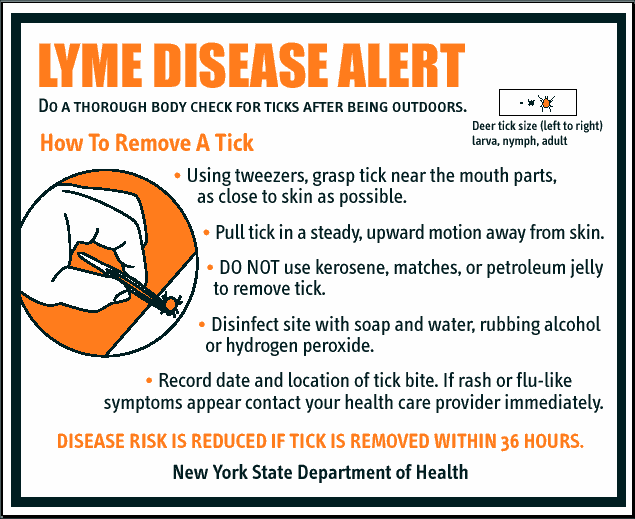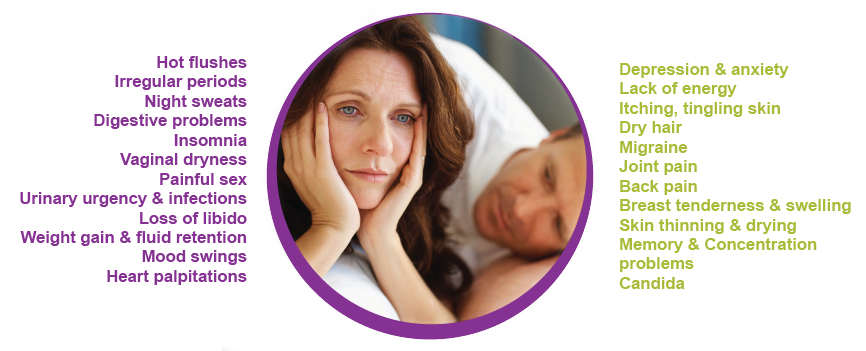Lyme disease links between pain and addiction

Lyme disease links between pain and addiction alongside stress are a poor combination for any one to associate with
Lyme disease links between pain and addiction: Stressful obstructions
People who struggle with stressful medical conditions like Lyme disease links between pain, addiction and stress are more vulnerable to substance abuse this is according to the scientists at the National Institute of Health (NIH). Besides that, other statistics shows that individuals with chronic pain experience substance abuse rates at two-to-four times that of the general population. And from decades of experience, doctor Dalal Akoury MD, President and founder of AWAREmed health and wellness recourse center reiterates that there are several factors explaining their susceptibility some of which may include:
- Ongoing need for medication
- Ongoing health problems
- Societal enabling
- Lack of identification of potential problems
Stress is another factor that can predispose individuals who live with chronic pain to addiction. Researchers have identified a correlation between stress and substance abuse. Important facts about this link include:
- Stress is a major contributor to the initiation and continuation of substance abuse.
- Children who are exposed to severe stress are more vulnerable to substance abuse in adulthood.
- 30-60% of individuals with substance use disorders meet the criteria for comorbid PTSD.
- Patients with substance use disorders tend to suffer from more severe PTSD symptoms than PTSD patients without substance use disorders.
- Animals that are not previously exposed to illicit substances become more vulnerable to drug self-administration when stressed.
- Many of the same Neuro-circuits that respond to drugs also respond to stress.
Stress increases the release of corticotrophin-releasing factor (CRF), a hormone that catalyzes biological responses to stressors such as increased heart rate and metabolism. Abusing drugs also increases CRF levels and thereby heightens danger of relapse.
Stress also triggers the fight-or-flight moderating amygdala. When the amygdala perceives threats, it responds irrationally and hijacks the individual’s ability to think clearly. For people in recovery who stay sober by making wise choices, this emotional takeover can impair judgment and make resisting drugs harder.
There is yet another way that stress packs a double punch for people who suffer from Lyme disease. It exacerbates pain. A research team from Carnegie Mellon University found that chronic psychological stress is associated with the ability to regulate the body’s inflammatory response. This can lead to the development or progression of disease.
Lyme disease links between pain and addiction: Coping with stress
Mastering stress reduction skills is an important part of overall health and sobriety. In treatment many people find ways to incorporate relaxation strategies into daily life. Several include the following:
- Singing
- Massage
- Spending time outdoors
- Journaling
- Yoga
- Adopting a dog
- Listening to music
- Taking a walk
- Drawing
- Soaking in a hot bath
Other stress-management skills and techniques frequently taught in recovery programs include the following:
- Avoiding hunger, anger, loneliness and fatigue
- Engaging in community service
- Journaling thoughts and feelings
- Practicing positive thinking
Finally, with all these sufferings, it is only fair that you get help immediately and that is why doctor Akoury founded this facility to help you through your recovery process. All you need, is to reach out for her by scheduling an appointment today and all your concerns will be addressed professionally.
Lyme disease links between pain and addiction: Stressful obstructions
http://www.integrativeaddictionconference.com/wp-admin







 Interfax: Russian officials deny transgender driving ban
Interfax: Russian officials deny transgender driving ban














